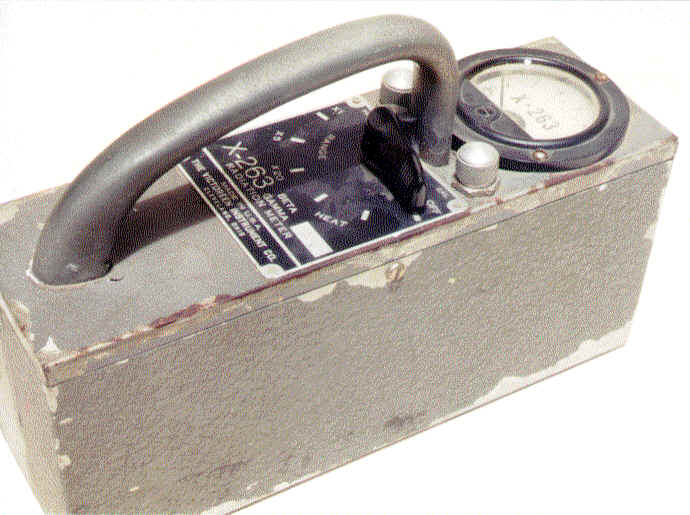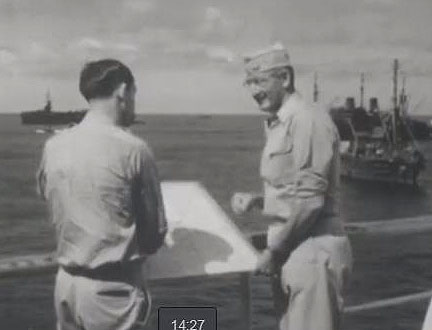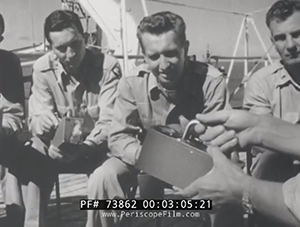Stafford Warren's X-263 GM Detector (ca. 1946)


The primary survey instruments used during Operation Crossroads, the 1946 nuclear tests at the Bikini atoll, were the Victoreen Model 263 GM counter known as the “Doc” (featured in the November 2003 “Odds and Ends”) and the Model 247 ionization chamber. The Doc’s simplicity made it reliable, but it was bulky and heavy. The model X-263 shown here was also used during Operation Crossroads. An experimental and radical update of the “Doc,” the X-263 was incredibly small and light. But it had more than its share of problems. For example, its unique low voltage (250-300 volts) GM tube required a complicated quenching circuit. Worst of all, the meter wouldn’t hold a calibration. The unstable response was probably due to the hurried development needed to get the X-263 ready for the atomic tests.
And if all that isn’t interesting enough for you, this particular instrument was personally used at Bikini by Stafford L. Warren, the very man who headed up the radiological safety (rad-safe) section for Operation Crossroads! Among other things, Warren had been the medical director for the Manhattan District and was in charge of radiation safety at the Trinity Test.
The image below left shows Stafford Warren directing activities at Operation Crossroads—taken from the U.S. Air Force film "Radiological Safety at Operation Crossroads." The entire film can be viewed at the Internet Archives. Below right is another image from the film, this one shows a training lesson in the use of the X-263.


The range switch settings are OFF, HEAT, BETA GAMMA, X20, X5 and X1. The heat setting would apply a potential to the heating filaments of the three vacuum tubes. Perhaps this was a reminder that the instrument needed to warm up.
Size: 2.7" x 9" x 4"
Kindly donated by Paul Psomas (ex UCLA RSO).
References
- Collins, D. Operation Crossroads report, August 10, 1946.
- Paul, H. Report on the Radiological Instruments Used at Crossroads. 1946.
